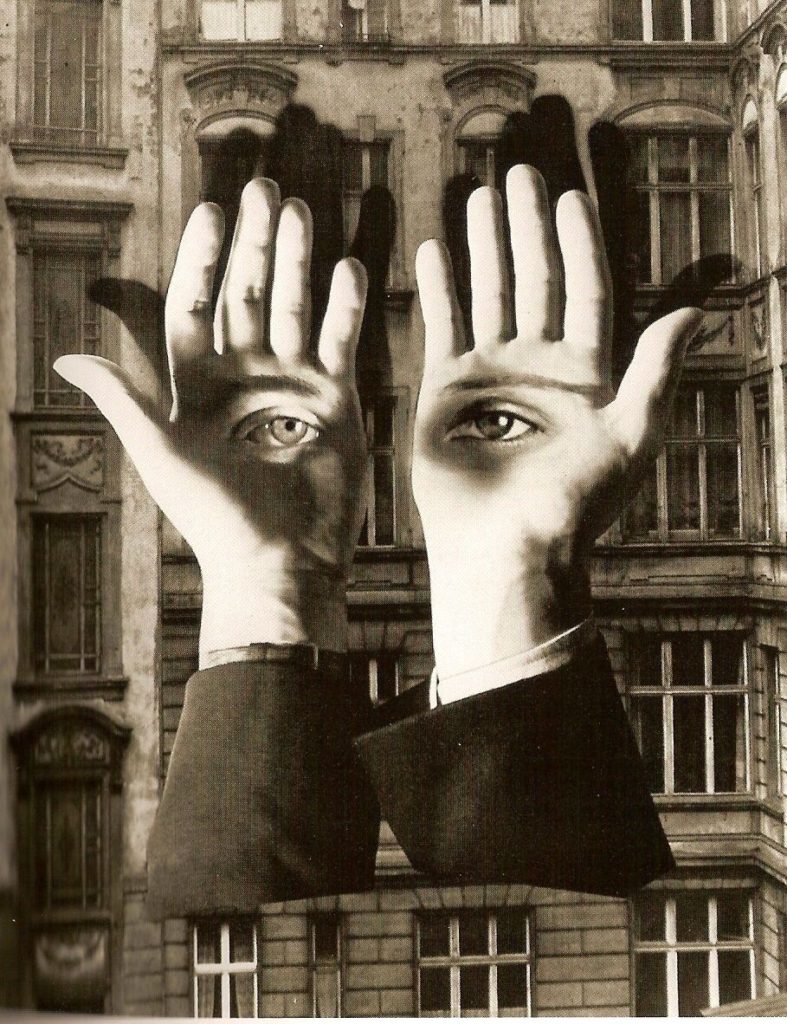MODERNISM
Modernism was a broad movement of the first half of the 20th century. The movement rejected the dominance of older movements such as Naturalism and was in favour of new experimental ways of producing art.
DADAISM
In Europe during WWI the Dadaists wanted to break down the traditional definitions of art with the aim to merge art with everyday life. They embraced advanced production, developed mix media practices and engaged with social and political issues. Their photomontages was used to challenge the authority of mass cultural representations used in advertising in the press and magazines

SURREALISM
Surrealism was founded in Paris in 1924 by Andre Breton and continued Dadaism’ exploration of everything irrational in art. It aimed to create art which had emerged directly from the unconscious without being shaped by reason, morality or aesthetic judgements. The surrealist explored dream imagery and they were an important art movement within Modernism involving anything from paintings, poetry, sculpture and photography.


LANDSCAPE
The machine age arrived and Modernism had a profound effect on photography. Landscape photographers moved away from “painting effects” and they began to exploit the medium’s ability to render fine detail. Ansel Adam’s landscape photographs came from his fascination with the natural environment. He would photograph at different times and seasons to explore the effects of changing patterns and intensities of light.

POSTMODERNISM
Postmodernism explores power and the way economic and social forces exert that power by shaping the identities of individuals and entire cultures. Postmodernists have little or no faith in the unconscious as a source of creativity. Postmodernism has been criticised for its pessimism as it often critiques but fails to provide a positive vision of what it attacks.
Postmodernism was the name given to the shattering of modernism. In photography this was the direct challenge to the ideal of fine art photography. At the end of 1970s artists began to use codes and conventions of commercial photography against itself. It was also a sign of the of the collapsing of an opposition that had tainted men as artists. The arrival of female artists in 1980s Postmodernism had a huge impact on photography. New aspects of the social and private worlds of women made their way into galleries.

